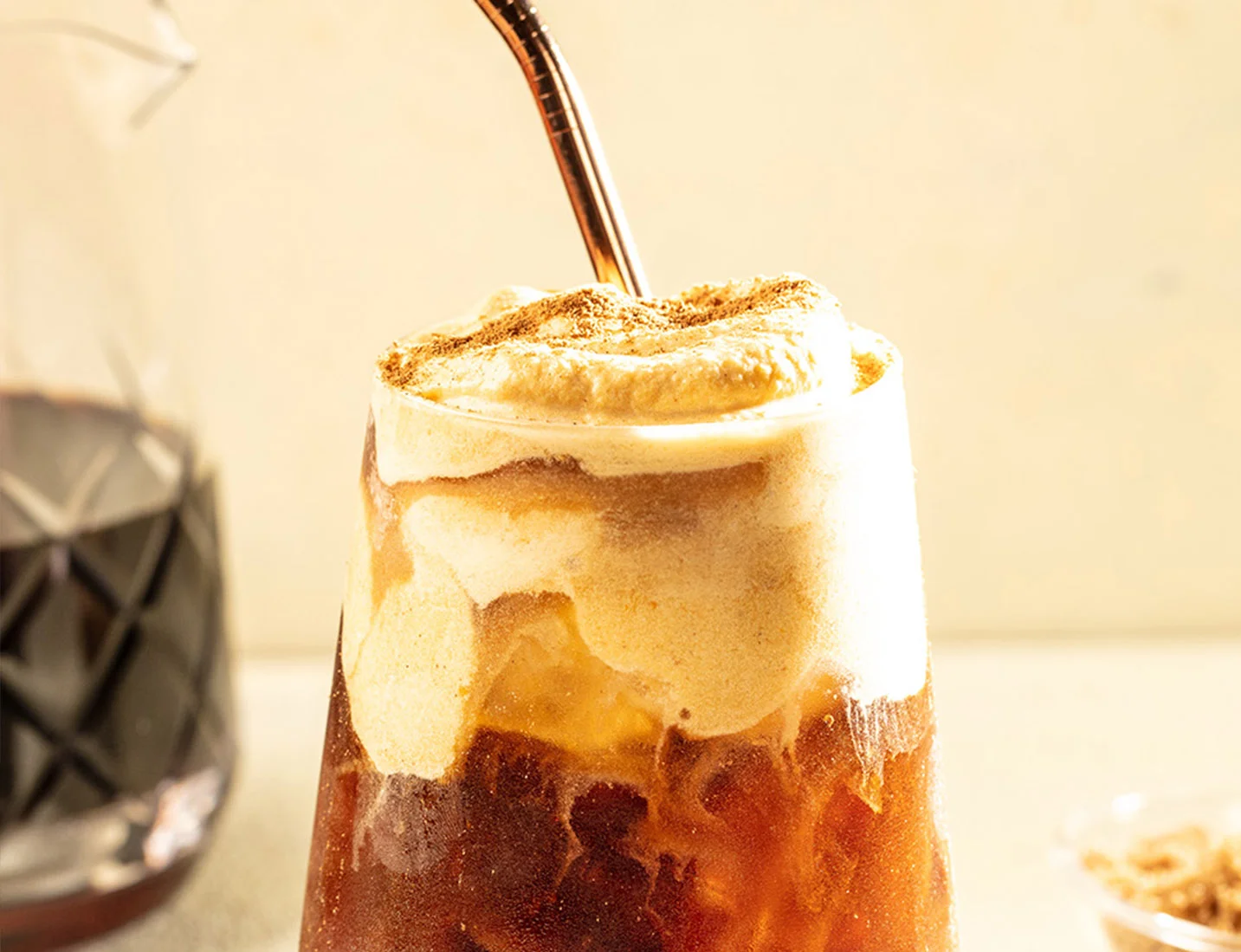Categories: | Pies, Tarts & Cobblers | Summer
Pie Through the Centuries
Pie, loosely defined as a crusty shell containing some variety of baked ingredients, has been around for thousands of years, and has been a part of virtually every culture throughout history.
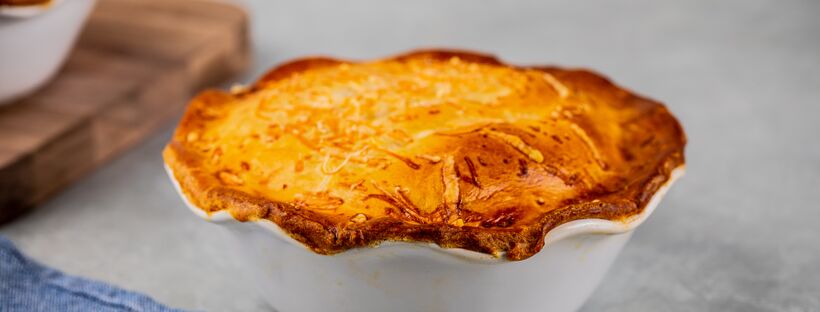
6,000’s B.C.
Pies are thought to have begun in ancient Egypt as far back as the Neolithic Age. As soon as mankind started using blunt tools, grains like oats, barley and rye were ground down, filled with honey and baked over hot coals to create an early form of pie called a “galette.” These galettes were popular, and would remain the primary form of pie made for over 4,000 years.
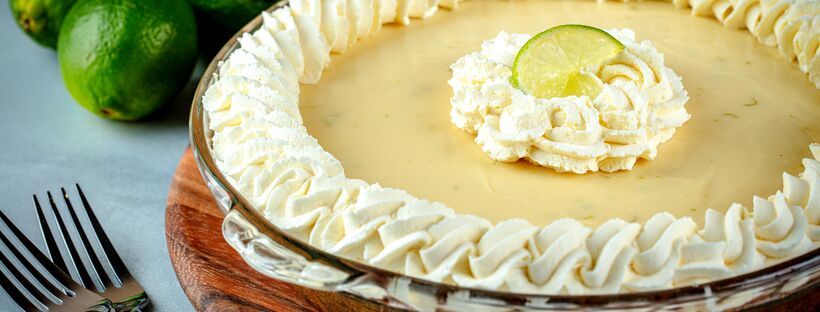
1300’s B.C.
After a few thousand years of practice, Egyptian chefs learned to add other items into their galettes, including nuts and fruits, bringing these creations one step closer to pies as we know them today.
These pastries were also adopted by the ancient Greeks, who started to use their flour & water dough to wrap around meats as well. And when the Romans conquered Greece, they continued this practice, even expanding it to include oysters, mussels and eels baked in a flaky shell and served during each course of a meal.
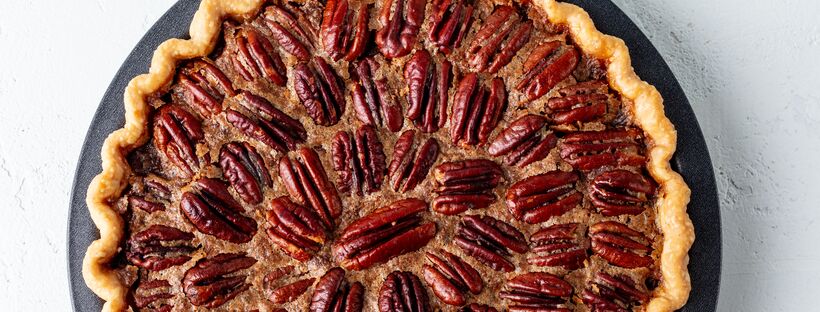
1500’s A.D.
As we cross over to the current side of the calendar, pies started to take a shape more familiar to what we know today. The hearty crust beneath them served as a plate or dish as much as part of the meal itself, and made pies a particularly handy item to bake for sharing with others. Flavoring and sweetening the crust also became more common as baking techniques and methods continued to improve.

Animated Pies
From the 13th through the 16th Centuries, pies took a bit of an odd turn as “animated pies” became popular among the royalty of Europe. These pies (which were baked first but served cold for reasons that will soon become obvious) featured live animals, and in some cases people, hidden within the top crust. As the pie was first cut, everything from birds to turtles to rabbits were known to burst forth from the pie to the entertainment of guests of the royal court.
As royals played a centuries-long game of creating ever-more-elaborate animated pies, even an entire band of 28 musicians was said to have emerged from one of these ostentatious creations.
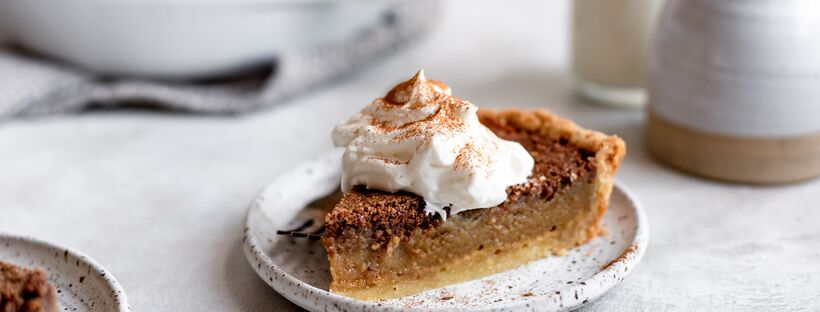
1600’s A.D.
In the 17th Century, pies as we know them today truly started to take form. Meat pies like Shephard’s Pie and Cottage Pie sustained the laborers of England and Ireland. And when the Pilgrims brought these traditions with them to the Americas, they began to incorporate new fruits pointed out to them by Native Americans as well.
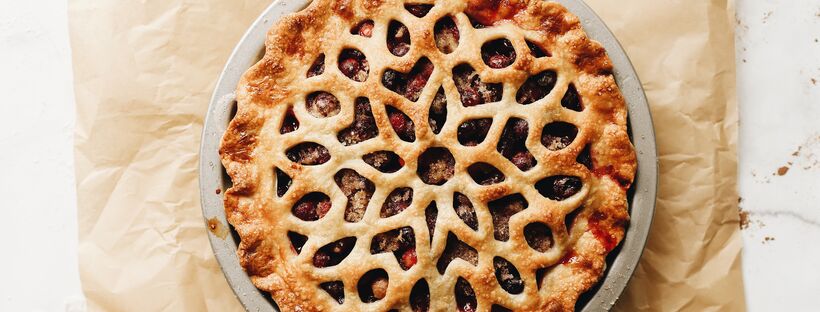
1700’s A.D.
America’s pioneer families continued to make pies of all kinds a staple of their diets, from Chicken Pot Pies to Sweetbread Pies with Oysters. The ingredients largely depended upon the region in which they lived, but with flour an easily found commodity it seemed that creating a crust in which to house them was one of our nation’s earliest traditions. Even Martha Washington herself was said to have made one of the best pies around.
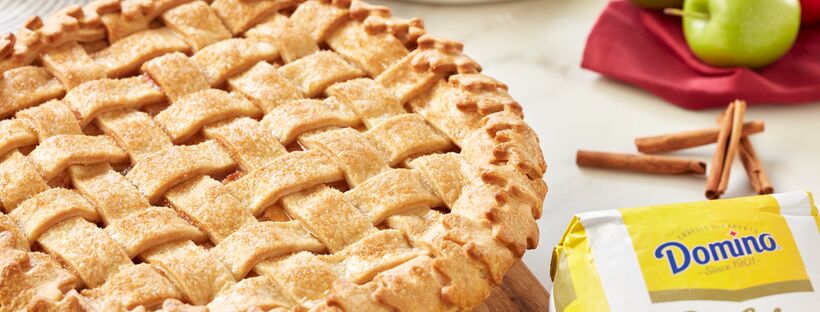
1800’s A.D.
Dessert pies became a true art form around this time as well, with sugar being more easily found and local fairs starting to award prizes to the most skilled bakers in town. The wide variety of seasonal fruit to be found (and canned for later use, a practice that was also popular at this time) made sweet, almost candy-like pies a favorite.
Samuel Clemens (AKA Mark Twain) was said to have preferred Huckleberry Pie, inspiring the name of his most famous character—Huckleberry Finn.
1900’s – Today
With ovens becoming more modern, yeast being better cultured and a wide variety of delicious sugars made available from Domino® Sugar, the possibilities for today’s pies are virtually endless. International shipping even makes far-flung ingredients something today’s home cooks and professional chefs are free to experiment with.
We are truly in the golden age of pies, and Domino® Sugar wants to make serving up a special one simple, with great-tasting products and an enormous collection of recipes you’re free to peruse.



